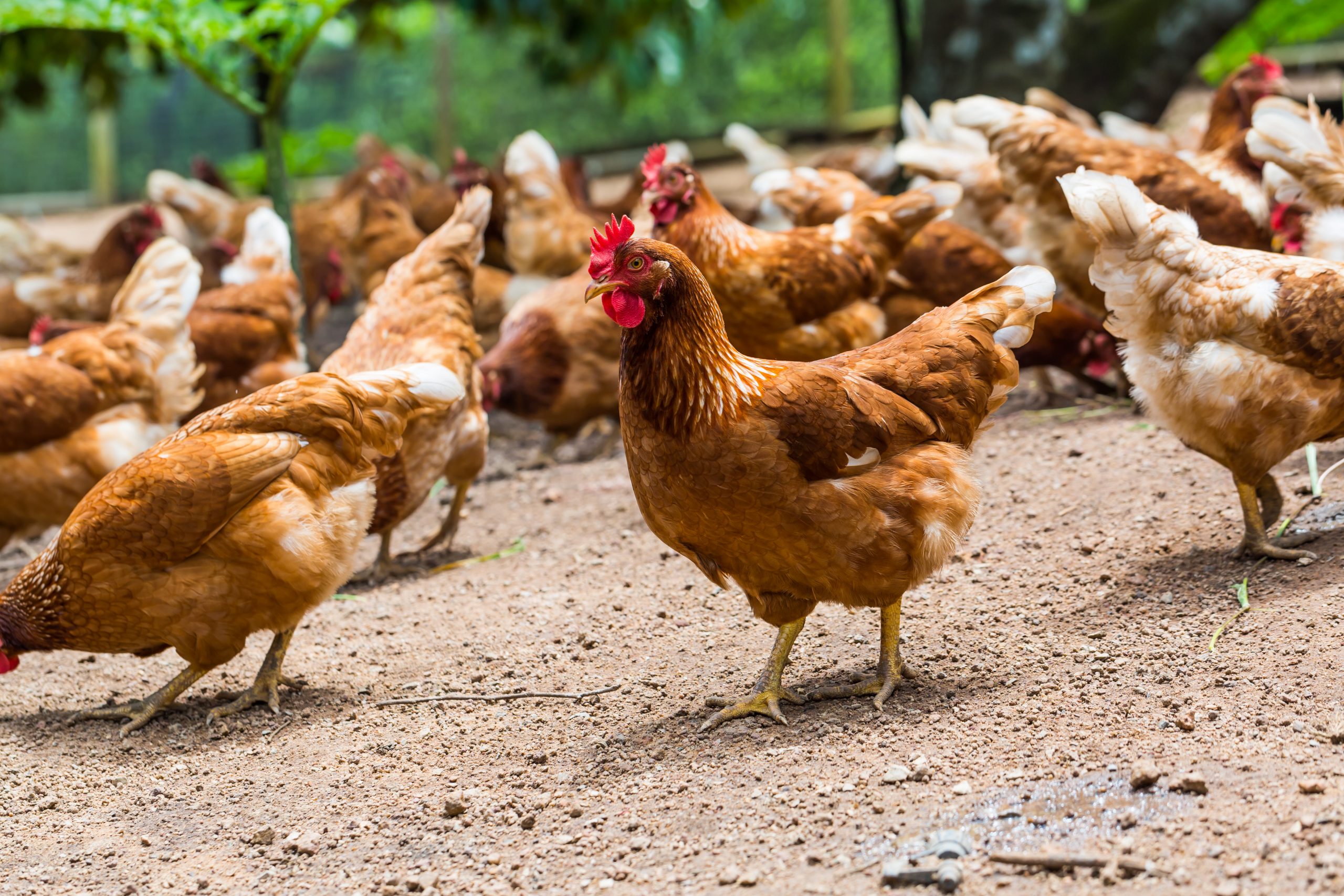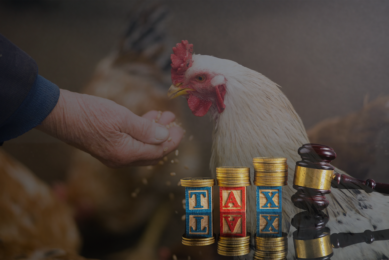Antibiotic-free: Definitions may vary

In food production, the term antibiotic-free (ABF) has become a major topic. But what do we really mean by this and when can we label a product as antibiotic-free? This is a quick guide to some of the terms used in the industry and how to interpret them.
The trend towards a reduction of antibiotics use in food producing animals is obvious and this trend started, in most countries, some years ago already. Increases in antimicrobial resistance and the lack of new and efficient antibiotics fuel a mainly consumer-driven demand for fewer antibiotics in the food chain. Numerous scientific reports underline the importance of a judicious use of antibiotics in animal production (CDDEP, 2015). But what does antibiotic-free actually mean? When researching this topic, one thing becomes clear very quickly: the definition of antibiotic-free production in one country does not necessarily match the definition in another country.
Different labels used
There are different labels used to define the term ‘antibiotic-free’. We name 5 labels that are used all over the world. For starters, producers can choose to not use in-feed antibiotics (1). In-feed antibiotics (also referred to as growth promoters) are used at sub-therapeutic dosages to maximise the performance potential of animals by ensuring a healthy gastrointestinal tract. The 2006 EU ban of growth promoters in animal feed was a first step in phasing out the use of antibiotics. Secondly, farmers can decide to go for a reduced use of therapeutic antibiotics (2). While the number of prescriptions for medicinal purposes still increased, production parameters demonstrated that overall performance decreased. As a result, monitoring systems were installed in several countries in an attempt to control such prescription-related usage. Antibiotic free can also mean that no antibiotics are used that are relevant for humans (3). Some producers go 1 step further and refrain from using antibiotics that are deemed medically important to humans. This narrows the available antimicrobial classes from 27 down to 9 (Pagel and Gautier, 2012). Another (quite extreme) label is that farmers claim that no antibiotics are ever used in production (4). In the case of broiler production this means that at no time throughout the production cycle did the flocks receive any antibiotics. If they get sick, the birds are typically still treated with antibiotics but processed and sold under a different, conventional label. In addition to banning antibiotics as growth promoters, a few countries also prohibit the use of anticoccidials (5). Unfortunately, the definition of an ‘anticoccidial’ is not necessarily the same in all countries. In some countries the term antibiotic-free prohibits the use of ionophores but makes an exception for the class of compounds referred to as ‘chemicals’, while in other countries such as Norway and Argentina the use of both ionophores and chemicals is strictly forbidden. Looking at these different types of antibiotic-free production shows that the term leaves room for a lot of different interpretations and leaves consumers, and probably producers alike, confused.
Role of feed additives
Animal nutrition plays an important part in moving away from antibiotics in food producing animals. Certain feed additives are known to have a positive effect on gut health, have antimicrobial properties, create an antioxidant effect, or stimulate immune responses. Categories of these feed additives that are known for these health promoting effects on farm level include probiotics, enzymes, plant extracts and certain derivatives of organic acids for example. All these effects have been studied extensively over the last decades and more and more new molecules are discovered or optimised to improve the animal’s health and performance, hence reducing the need for in-feed antibiotics or therapeutic antibiotics.
Addressing important topics
In today’s world, the consumer wields tremendous power in how food producing animals are raised. The fact that consumers want both ‘fewer antibiotics’ and ‘more sustainability’ has put farmers in a difficult position. If they are to survive, they must follow the market demand. Raising animals sustainably with the use of fewer antibiotics is possible, but it takes time and energy. For some farmers this period of ‘trial and error’ is very costly. Although many consumers want more animal welfare, less medication, slower growth, etc., they often do not take into account the additional costs of providing such things. What, for instance, will happen to broilers which are labelled ‘no antibiotics ever’ when they get so sick that they have to be treated? Will they have to be disposed of? Can they be sold to other markets? And if so, at what costs? To successfully reduce the use of antibiotics in food producing animals a number of topics must be addressed including: (1) consumer education as it pertains to animal production; (2) transition periods, i.e. the time needed for farmers to transition from conventional to antibiotic-free production; (3) specific definitions and goals with respect to regulation, monitoring, and governmental involvement; and (4) alternative products as supplemental tools for maintaining animal health and performance.
Common goal remains the same
Although the definition of antibiotic-free is not clear, the common goal remains the same: to reduce the overall use of antibiotics. Although achieving such a goal will not be easy and requires sophisticated management, excellent husbandry, proper animal nutrition, and veterinary consultation, the end result is the preservation of antibiotics for the future health of humans and animals alike.











